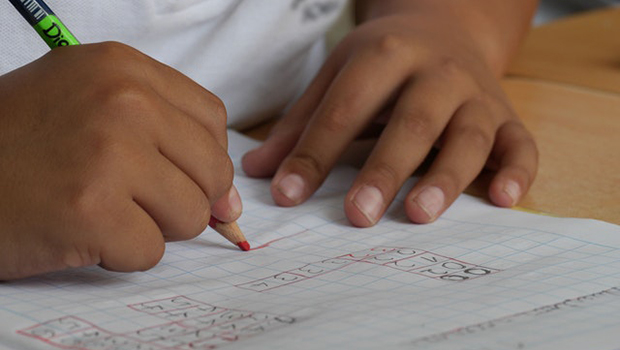What’s the role of homework in today’s classrooms? That was the subject of the WNPR show Where We Live today, and as a guest on the program CEA President Kate Dias gave her perspective as a high school math teacher.
Dias said in determining homework policies and practices educators in her district had conversations around what students were being asked to do and why.
“We as colleagues really sat down and looked at our curriculum to determine—what is it we want students to experience together, in a group, what do we want them to develop independently, what is the purpose of deadlines? How do we weight homework so it doesn’t become a barrier to success? Long gone are the days when homework counted for 50% of your grade.”
Dias said she decided to adopt a philosophy of effort with her classes—looking at whether a student tried their best and showed evidence of having thought through the assignment and applying strategies they had learned in class.
“What we know about math is, if you don’t use it, you lose it,” Dias said. “So we started to develop problem sets that weren’t about doing 40 problems of the same type over and over again, because that just increases frustration. If you can’t do that first problem, you can’t do the next 39. We started to think about, what’s a meaningful spiral of content knowledge? Can I draw on something the students did a week or two ago to keep it current and relevant that’s going to apply to what we’re working on now?”
Dias said teachers absolutely want to hear from parents. If students are struggling to complete assignments, teachers have a variety of options available to help them. “There are a lot of ways we can work with students and families, but we can’t help if we don’t know there’s an issue.”
She added, “If our plan is for a 20-minute experience and it takes a student 45, we want to know so we can adjust. The goal is never frustration. Challenge yes, frustration no.”
The segment on homework starts at 21 minutes in.







